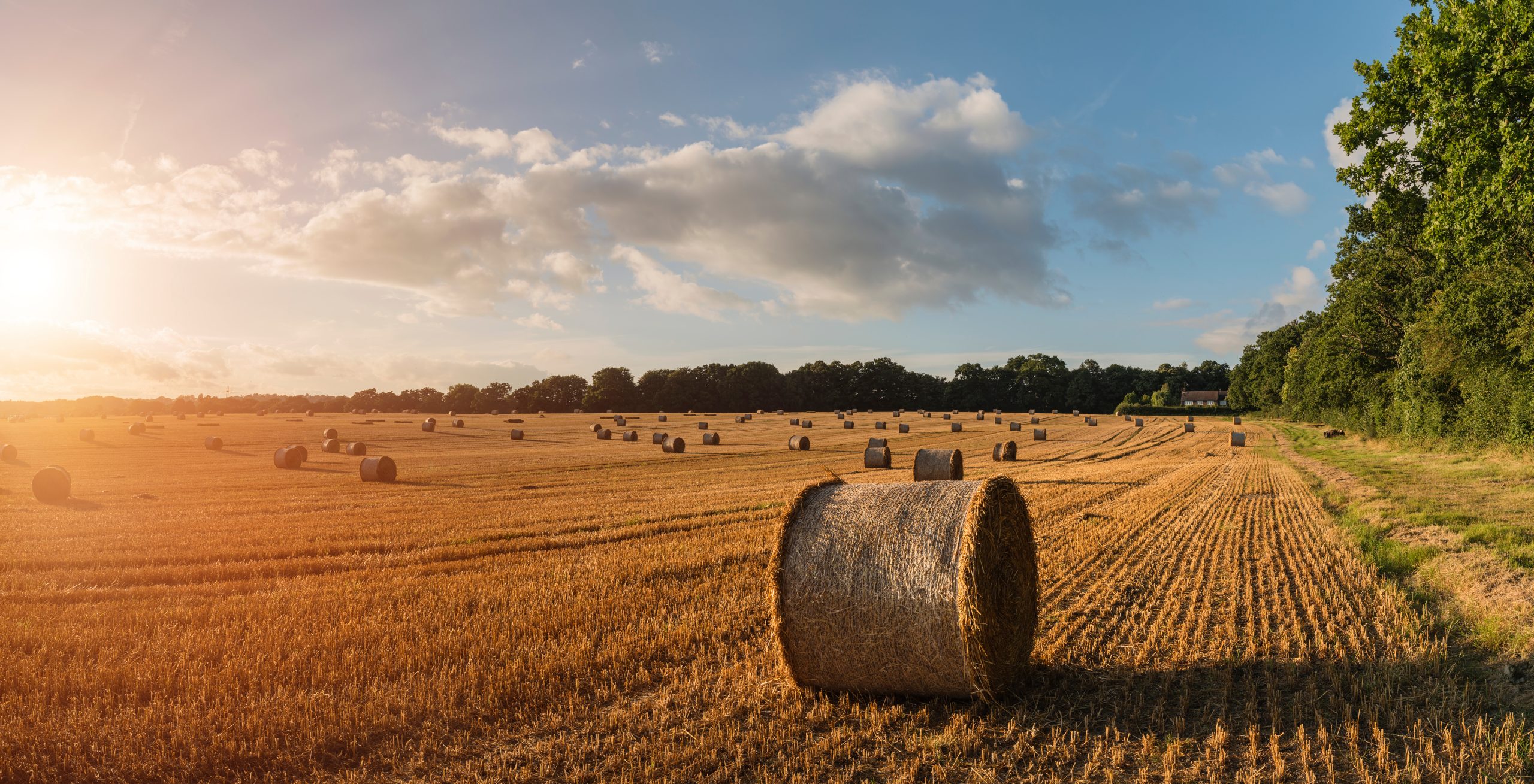State-By-State Hay Summary

Colorado—In the Nov. 7 report, compared to last report, trade activity moderate on light demand. Hay movement mostly on feedlot and horse hay markets. Small squares of horse hay steady. Hay producers are opting to stack and store new hay until prices improve. Recent snow has increased ranchers interest in purchasing hay. According to the NASS Colorado Crop Progress Report for week ending Nov. 3, alfalfa fourth cutting 98% harvested. Stored feed supplies were reported as 2% very short, 5% short, 78% adequate, and 15% surplus.
Missouri—In the Nov. 7 report, compared to last report, hay prices are fully steady. The supply of hay is moderate to heavy, and demand is light. Drought conditions were replaced by heavy rains and extreme flooding in much of the southern half of the state. The one positive is that some grass is already greening and growing ever so slightly as there has yet to be a killing frost and temperatures have been above normal.
Nebraska—In the Nov. 7 report, compared to last report, bales of grass and alfalfa hay sold steady. Dehydrated, sun-cured alfalfa pellets, ground and delivered hay steady. Demand has improved a little this week. With fall harvest getting closer to completion and cattle getting weaned some prospective buyers are starting to call around and see what roughage there is to buy and the price. Some farmers are putting up cornstalk bales but as of this writing not as many as previous years will be baled. Some much-needed moisture in different areas of the state coming in as rain or snow.
Oklahoma—In the Nov. 8 report, compared to the last report, the hay trade is slow, not enough trade to say it is slow to steady. Rain has moved across Oklahoma and will continue to move through for most of November. This will help the drought, ponding, and crops that are in need of moisture. Movement of the trades are still mainly long-time customers and contracted hay. Even with new customers we still have an abundance of hay here in Oklahoma. Next report will be released Nov. 22.
Texas—In the Nov. 1 report, compared to last report, hay prices are mostly steady across all regions. Hay movement and demand are beginning to pick up. Livestock producers have begun some supplemental feeding as pastures enter dormancy. Next report will be released Nov. 15.
South Dakota—In the Nov. 8 report, compared to last report, hay sales are slightly stronger with hay moving out of state and being stored in barns. Most producers are finishing up corn harvest and starting to bale corn stocks. Some areas received some moisture.
New Mexico—In the Nov. 8 report, compared to last week, hay demand is steady. With some of New Mexico seeing its first freeze and snow fall in the northerner parts of the state most hay production is done for the year. According to the NASS, New Mexico Crop Progress report for Nov. 3, alfalfa hay is in the sixth cutting 79% complete. While much of New Mexico remained relatively dry, heavy rainfall was noted along the eastern border stretching south from Curry County into Dona Ana County and west into Chaves County.
Wyoming—In the Nov. 7 report, compared to the last report, movement has increased from last week. According to producers, movement and demand is light for this time of year all over Wyoming. According to the NASS,Wyoming Crop Progress Report for Nov. 4, alfalfa hay third cutting is 86% completed, other hay second cutting is 70% harvested, corn harvested for silage is 95% completed in the state, pasture condition is 16% good condition and 36% fair condition.
Montana—In the Nov. 8 report, compared to last report, hay sold mostly steady. Hay movement was light to moderate this week. Demand for hay was light to moderate as well. Supplies of hay remain heavy. Unseasonably warm weather continues to be seen across the state. Light snow and rain fell across much of the state earlier in the week. Warm weather has allowed grass to continue to grow and many producers still have cows out on pasture. This has allowed ranchers to curb feed use drastically this fall. Demand for high quality hay has saw some improvement over the past few weeks as producers are trying to market third cutting. Much of third cutting is testing very well. Hay supplies in central Montana remain high. Some producers are still trying to finish selling old crop hay.



